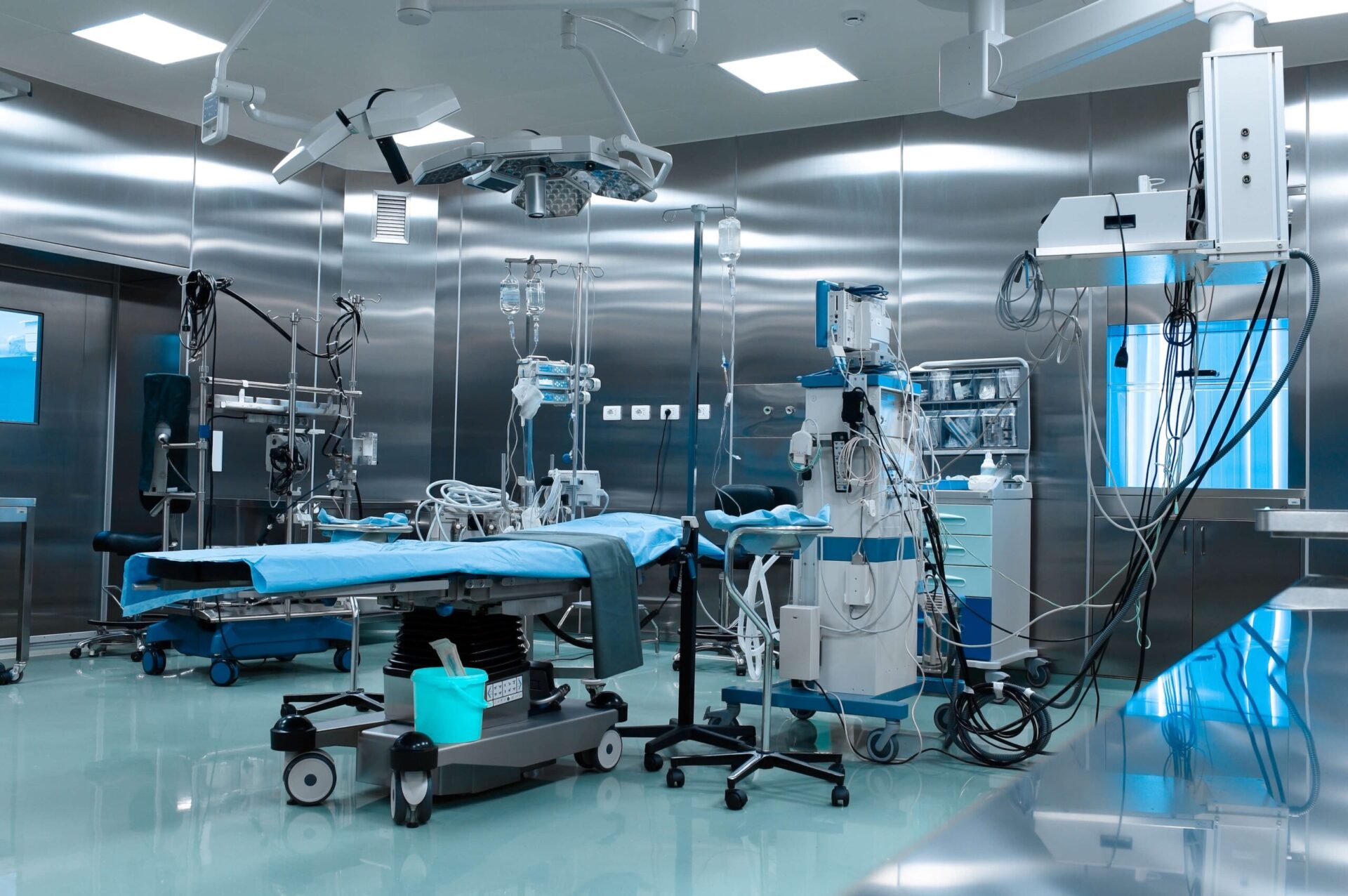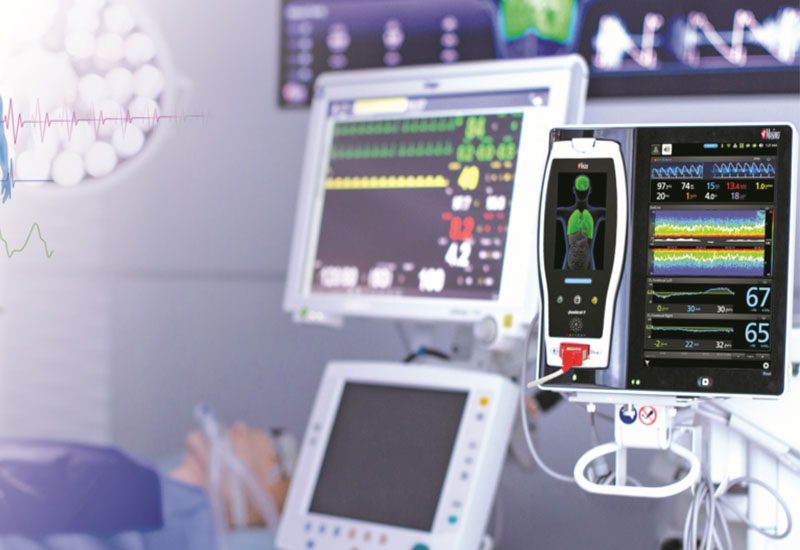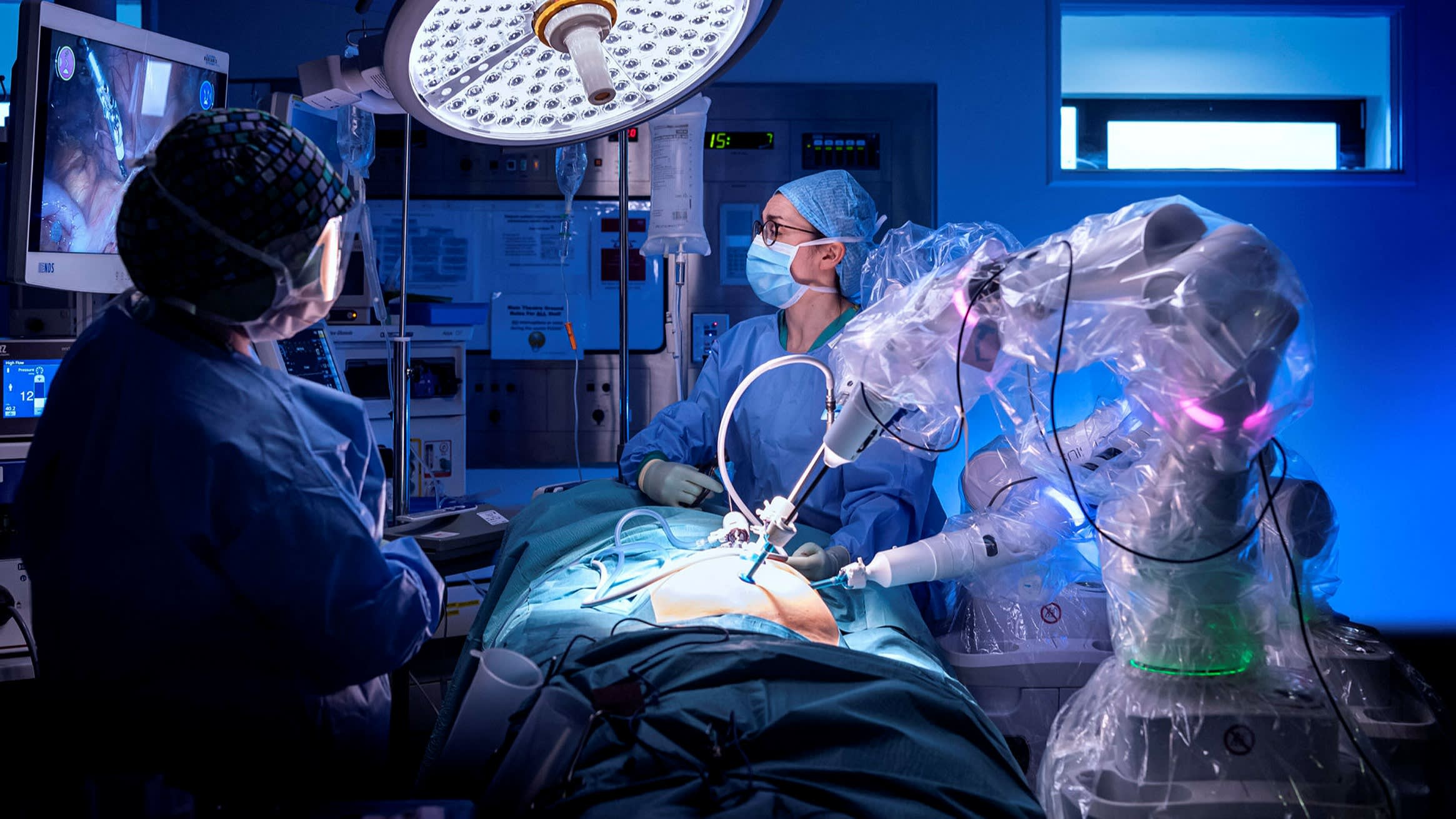One-stop PCB Manufacturing and PCB Assembly solutions Manufacturer
- Mon - Sat: 8.00 am - 7.00 pm
- sales@kkpcb.com
One-stop PCB Manufacturing and PCB Assembly solutions Manufacturer
Over 10 years we help companies reach their financial and branding goals. Engitech is a values-driven technology agency dedicated.
411 University St, Seattle, USA
engitech@oceanthemes.net
+1 -800-456-478-23

Printed circuit boards (PCBs) play a critical role in the medical equipment industry, where precision, reliability, and durability are paramount. Here are detailed applications of PCBs in the medical equipment industry:


The role of PCBs in the medical equipment industry is vast and critical, requiring designs that meet stringent standards for reliability, safety, and performance. The ongoing advancement in medical technology continually pushes the development of more sophisticated and specialized PCBs, ensuring that medical devices operate effectively in saving lives and improving patient outcomes.